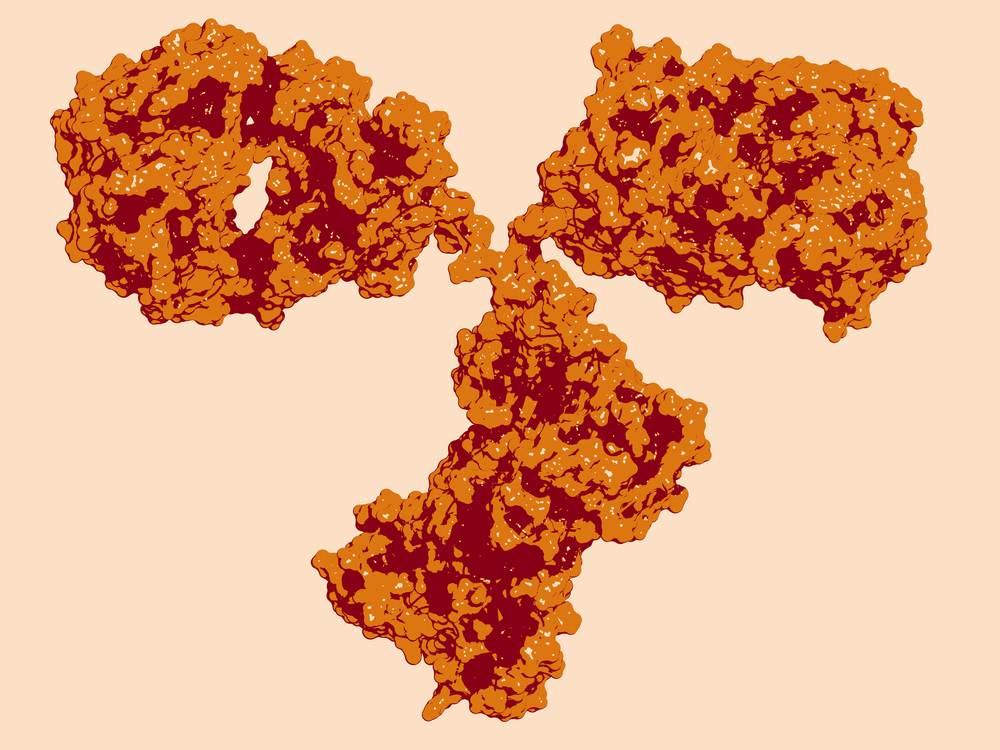MOUSE ANTI-EBOLA VIRUS ENVELOPE GLYCOPROTEIN GP (ZAIRE) (M922)
Anti Ebola virus GP (M922) antibody (Zaire strain) recognises Envelope glycoprotein from Ebola virus. This antibody is suitable for use in ELISA.
PRODUCT DETAILS – MOUSE ANTI-EBOLA VIRUS ENVELOPE GLYCOPROTEIN GP (ZAIRE) (M922)
- Mouse anti Ebola virus GP (M922). Recognises Ebola virus GP in ELISA.
- Purified by Ion Exchange. >90% purity by SDS-PAGE.
- Presented in phosphate buffered saline, pH 7.2 with 0.05% sodium azide.
BACKGROUND
Ebolavirus (EBOV) is a highly virulent pathogen capable of causing a severe hemorrhagic fever with 50–90% lethality. Envelope glycoprotein (GP) is essential for infectivity, as it is the sole viral protein expressed at the virion surface and is critical for attachment to host cells and catalysis of membrane fusion. GP is also responsible for critical pathogenic differences among viral species (Lee and Saphire, 2009). Trimeric GP1, GP2 complexes form the virion surface spikes and mediate the viral entry processes, with GP1 acting as the receptor-binding subunit and GP2 as the membrane fusion subunit. At later times of infection, it downregulates the expression of various host cell surface molecules that are essential for immune surveillance and cell adhesion. It also down-modulates several integrins including ITGA1, ITGA2, ITGA3, ITGA4, ITGA5, ITGA6, ITGAV and ITGB1. This decrease in cell adhesion molecules may lead to cell detachment, contributing to the disruption of blood vessel integrity and hemorrhages developed during infection (cytotoxicity). GP also interacts with host TLR4 and thereby stimulates the differentiation and activation of monocytes leading to bystander death of T-lymphocytes (Iampietro et al., 2017). Downregulates as well the function of host natural killer cells (Edri et al., 2018). The protein alos counteracts the antiviral effect of host BST2/tetherin that restricts release of progeny virions from infected cells.
REFERENCES
- Edri et al. (2018). The Ebola-Glycoprotein Modulates the Function of Natural Killer Cells.Front. Immunol. 9:1428-1428.
- Lampietro et al. (2017). Ebola virus glycoprotein directly triggers T lymphocyte death despite of the lack of infection.PLoS Pathog. 13(5).
- Lee and Saphire (2009). Ebolavirus glycoprotein structure and mechanism of entry. Future Virol. 4(6): 621–635.

